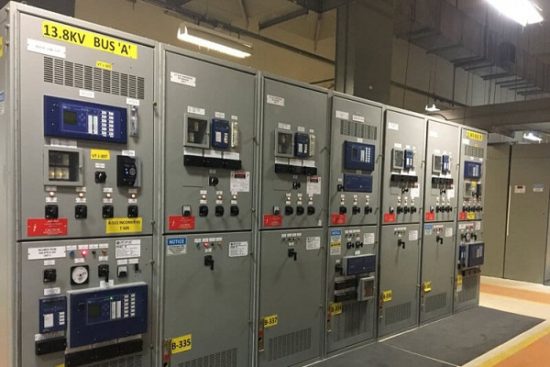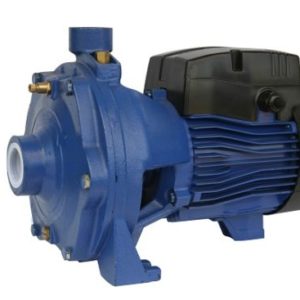E – 1490 Electrical Substation Auxiliary and Control Systems
$100.00
Courses Included
This course presents an overview of modern electrical substations, emphasizing their importance for reliable and effective operation of power systems, describing all major, auxiliary and control equipment, listing typical engineering issues associated with substation design and engineering and providing recommendations for addressing these issues.
The whole course consists of three sections:
Section 1: Mission of Electrical Substations and their Main Components
Section 2: Electrical Substation Auxiliary and Control Systems
Section 3: Electrical Substation Engineering Aspects
Part 2 of this course series is presented herein. It starts with an overview of relay protection philosophy and main components of relay systems, followed by description of most popular types of protection schemes, including their principles of operation, advantages and disadvantages. Different types of communication channels for relay protection systems are considered as well, including their arrangement and comparison of pros and cons.
The next section of this course covers metering systems, including types of meters, heir connections to power system instrument transformers and explanations of real electrical quantities calculations based on metering equipment readings.
The last section of the course is describing substation auxiliary AC and DC power systems as well as alarm and remote control systems, concentrating on their functions and arrangement.
All explanations are supported by numerous drawings and photos illustrating control equipment operating principles and arrangement. Several problems with solutions are provided as well to improve the retention of material.






